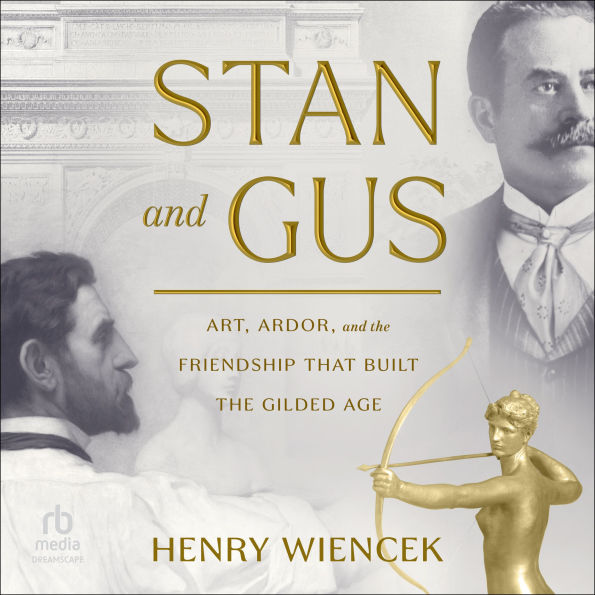2025-05-01
Collaborators, libertines, visionaries.
Wiencek dexterously chronicles the fruitful 30-year friendship of architect Stanford White and sculptor Augustus Saint-Gaudens, who designed grand buildings and public art and ignored sexual taboos, leading to lurid tragedy. White’s Madison Square Garden, topped in 1891 with a Saint-Gaudens sculpture, was the tallest building in a modernizing Manhattan. In 1906, the venue became an infamous crime scene when the architect was murdered in the Garden’s rooftop theater. Wiencek toggles between ateliers and late-night clubs, detailing the duo’s creative output—their projects included, most enduringly, memorials to presidents and war heroes still displayed in New York, Boston, and elsewhere—and their apparently intertwined love lives. White’s design of a tower for Boston's Trinity Church was, per a colleague, the work of “an artist of extreme talent and power amounting to genius.” He was a fop befitting a city on the rise, with “flamboyant, spiky red hair” and “see-through silk shirts of pale blue and green.” Saint-Gaudens wasn’t so fancy. Sometimes "dressed like a factory worker” and often battling deep depression, he’d spend months on a sculpture, then angrily destroy it. Saint-Gaudens and White had complicated sex lives and what the author calls “an erotic relationship” with one another. White, nearing 50, courted and then raped a teen girl, Wiencek writes, and in 1906 the man she’d subsequently married shot the architect to death, setting off a newspaper frenzy. Though Wiencek sometimes fixates on the tiring minutiae of his subjects’ sexual couplings, he effectively contextualizes their work and depicts Saint-Gaudens in particularly memorable detail. While making a large altarpiece featuring reliefs of angels, he filled his studio with lit candles, giving the sculpture’s angels “an unreal appearance, as if they floated.”
A brisk, absorbing portrait of troubled artistic allies whose work embodied an era.



